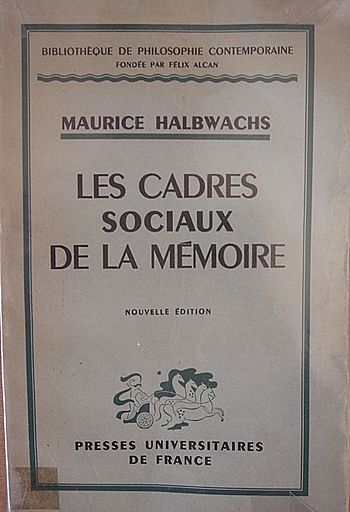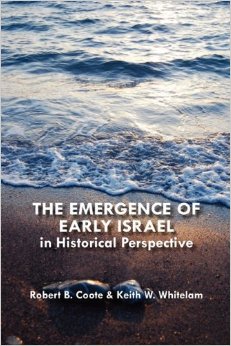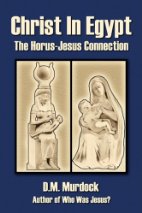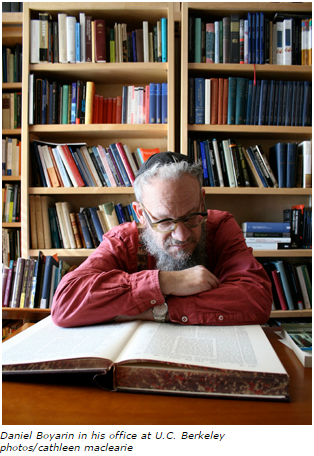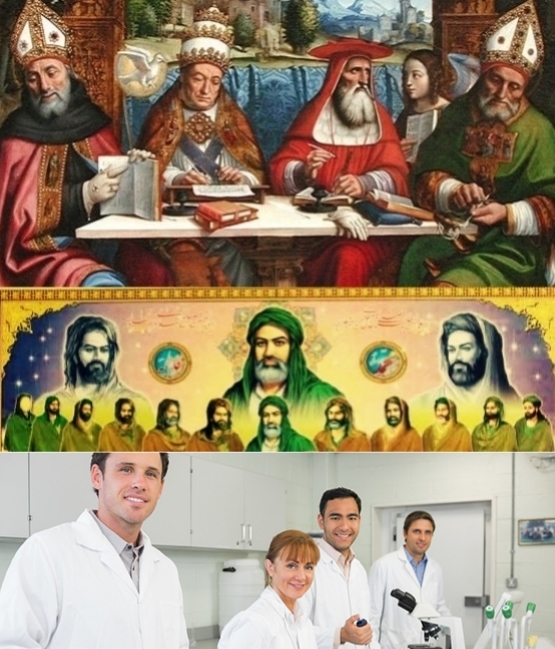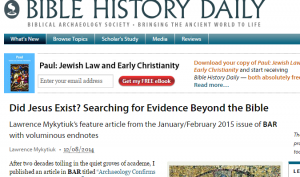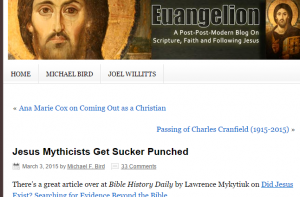Following are some general thoughts about a negative side of biblical scholarship. Each point needs unpacking in order to justify itself. But for now I’m just having a bit of a lament concerning the overview.
In the midst of an abundance of solid scholarship that I thoroughly enjoy and that I like to share when I can on this blog there is sadly also a fair amount of poorly reasoned and ill informed writing by even some of the prominent names among scholars of early Christianity. I have in mind not only writings that relate to popular misconceptions about noncanonical texts and the view that Jesus did not exist but also a more general adherence to assumptions that are in reality apologetic in origin and that are the foundation of “historical methods” unique to the world of “Biblical history“.
It’s disappointing and frustrating when one encounters scholarly essays, presentations, blog posts dripping with smugness, defensiveness and fear exactly at those junctures where the public is most interested. This is not what one expects from professionals of any kind, least of all from those in the business of education. Wider public education seems irrelevant to those who appear to have no interest in audiences beyond their peers and fell0w-Christians. Some scholars even convey the sense that they distrust the interests of anyone who is neither a peer nor a committed Christian.
If this sounds as though there is something of a defensive wall surrounding the declining field of biblical studies then the scene within that wall might be described as “softly” dictatorial. Peter Kirby has compiled “a short list” of some twenty-five scholars who “have resigned or were dismissed from their positions in awkward circumstances, typically arising in connection to some kind of statement of faith issue (or otherwise controversial circumstances).” Continue reading “Defensive Postures of Biblical Scholarship”

